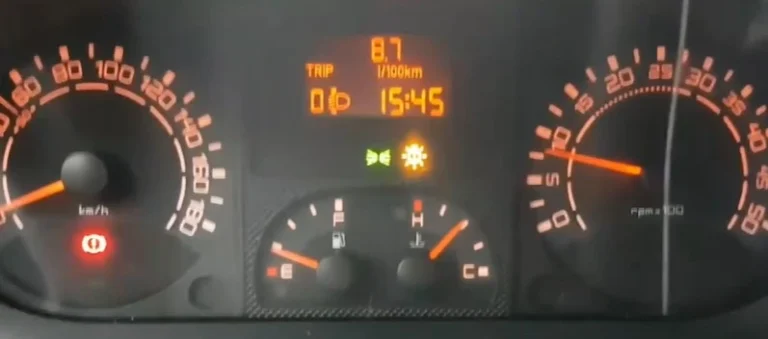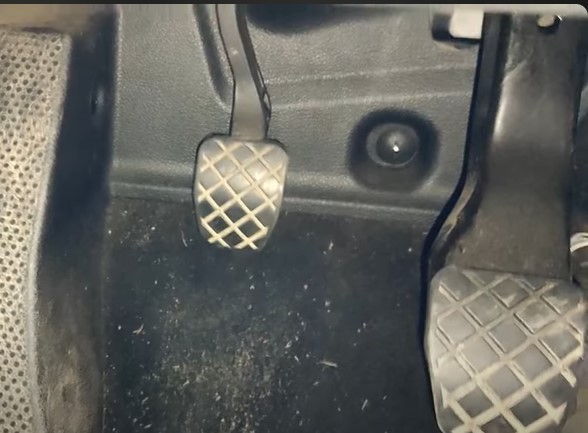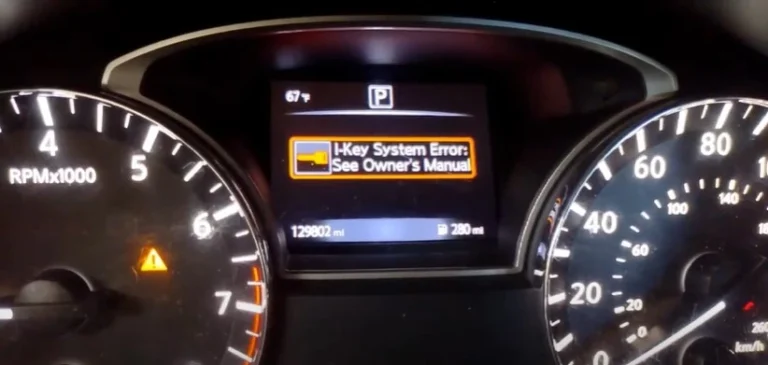Mini Cooper Drivetrain Malfunction (Causes and Solutions)
When a Mini Cooper driver sees the dreaded “Drivetrain Malfunction” warning light appear on their dashboard, it can be a cause for concern.
The drivetrain is a crucial part of the vehicle, responsible for transferring power from the engine to the wheels, allowing your car to move.
A malfunction in this system can lead to a host of problems, from reduced performance to more serious mechanical issues.
In this article, we’ll explore the causes, symptoms, and possible solutions for a Mini Cooper drivetrain malfunction, helping you get a clearer understanding of this complex issue.
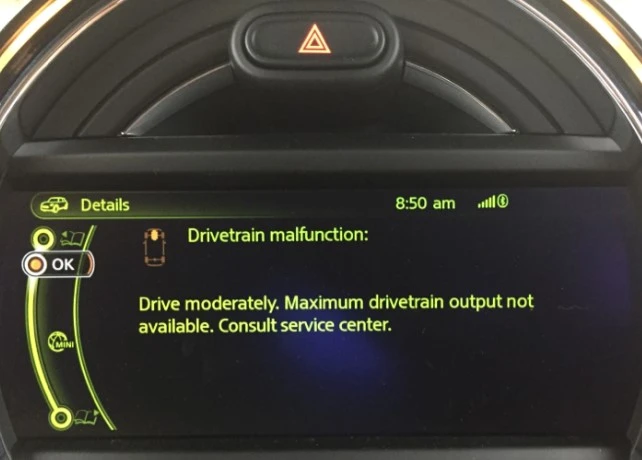
What Is the Drivetrain in a Mini Cooper?
Before diving into the causes and solutions, it’s essential to understand what the drivetrain is and why it’s so important to your Mini Cooper’s performance.
The drivetrain includes all the components that deliver power to the wheels, including:
- Engine: The power source that drives the vehicle.
- Transmission: The component that adjusts the power coming from the engine to match the vehicle’s speed.
- Drive Shafts: These deliver the engine’s power to the wheels.
- Differential: The component that splits the engine power between the left and right wheels, enabling them to rotate at different speeds while turning.
Together, these components ensure your car can accelerate, decelerate, and maintain steady speed on various road conditions.
Common Causes of Mini Cooper Drivetrain Malfunction
Several factors can contribute to a drivetrain malfunction in a Mini Cooper. These issues can range from minor to severe, and identifying the cause early on is essential to preventing more significant damage.

1. Faulty Transmission
The transmission is one of the most common culprits when it comes to drivetrain malfunctions. If the transmission isn’t shifting properly or is slipping, it can disrupt the power flow from the engine to the wheels. Common symptoms of a faulty transmission include:
- Unusual noises like grinding or whining sounds.
- Delayed or rough shifting.
- Slipping gears or the vehicle unexpectedly jerking forward.
2. Worn-out Drive Shafts
Drive shafts play a critical role in delivering power to the wheels. If they become worn or damaged, they can cause vibrations, noises, and even failure to transfer power to the wheels. Symptoms of worn-out drive shafts include:
- Clunking or clicking noises when accelerating or turning.
- Vibrations in the steering wheel or floor.
- Difficulty in accelerating.
3. Failed Differential
The differential is responsible for splitting power between the wheels. A malfunctioning differential can cause power imbalances, leading to issues like jerky movements, difficulty turning, or strange noises when turning corners.
A failed differential can often be the result of poor maintenance, lack of lubrication, or simply wear and tear over time.
4. Faulty Sensors or ECU
Modern Mini Coopers are equipped with sensors and an Electronic Control Unit (ECU) that help monitor and manage the drivetrain components.
A malfunctioning sensor or faulty ECU can misinterpret data, triggering the drivetrain malfunction warning even when there’s no mechanical failure. This can happen due to:
- Dirty or damaged sensors.
- Wiring issues.
- Software glitches in the ECU.
5. Low Transmission Fluid
Transmission fluid is essential for lubricating the moving parts of the transmission. Low fluid levels can cause overheating and friction within the transmission, leading to malfunctions.
If you notice that the transmission is slipping or making noise, checking the fluid levels should be one of the first steps.
6. Clutch Problems (For Manual Transmissions)
If your Mini Cooper has a manual transmission, issues with the clutch can also lead to drivetrain malfunctions. A worn-out or damaged clutch can cause difficulty in shifting gears, strange noises, and even stalling.
This problem typically occurs in high-mileage vehicles that haven’t had the clutch replaced in a while.
Symptoms of Drivetrain Malfunction in Mini Cooper
It’s important to know the signs of a drivetrain malfunction so you can address the issue promptly. Here are some of the most common symptoms:
1. Warning Light on the Dashboard
The most obvious sign of a drivetrain malfunction is the appearance of a warning light on the dashboard. This is typically accompanied by a message that reads “Drivetrain Malfunction.”
If you see this light, it’s essential to have your vehicle diagnosed as soon as possible to avoid further damage.
2. Loss of Power
A malfunctioning drivetrain can cause a significant loss of power. You may experience sluggish acceleration, hesitation when you press the gas pedal, or a noticeable reduction in performance.
This is a sign that the drivetrain isn’t functioning as it should, and the car is struggling to transmit power to the wheels.
3. Unusual Noises
Strange noises coming from your Mini Cooper while driving can indicate a drivetrain issue. These might include grinding, whining, clicking, or clunking sounds. These noises can often point to problems with the transmission, drive shafts, or differential.
4. Shuddering or Vibration
If you feel the car shuddering or vibrating while driving, especially when accelerating or turning, it could be a sign of a drivetrain problem. Worn-out drive shafts, a failing differential, or low transmission fluid can cause these symptoms.
5. Difficulty Shifting Gears
For both manual and automatic transmissions, difficulty shifting gears is a classic symptom of a drivetrain malfunction.
If you notice that the car hesitates or makes grinding noises when shifting, or if the gear lever feels stiff or unresponsive, it could point to a transmission issue.
6. Inability to Move
In extreme cases, a drivetrain malfunction can cause your car to stop moving altogether. This may happen if a critical component, such as the transmission or drive shaft, fails completely.
If this occurs, the vehicle may not be able to move forward or backward, even when the engine is running.
How to Fix a Mini Cooper Drivetrain Malfunction
If you’re experiencing a drivetrain malfunction, it’s essential to take action as soon as possible to prevent further damage. Here’s a general outline of the steps you can take to address the issue:
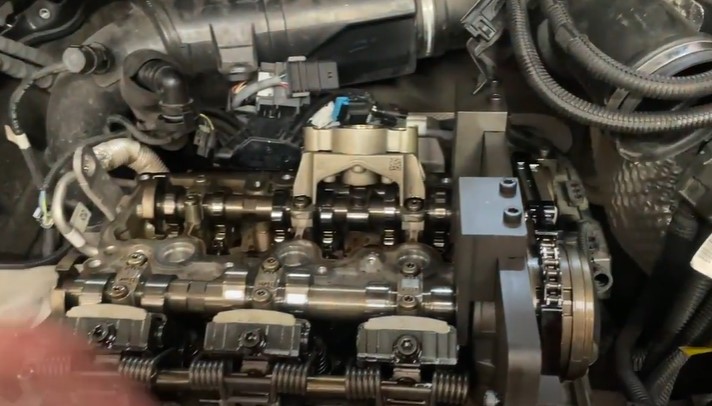
1. Check for Diagnostic Codes
The first step in diagnosing a drivetrain malfunction is to check for any diagnostic trouble codes (DTCs) stored in your car’s ECU.
These codes can provide insight into the specific issue causing the malfunction. You can use an OBD-II scanner to retrieve these codes, or take your Mini Cooper to a mechanic who can perform the diagnostic for you.
2. Check Fluid Levels
If the issue is related to low transmission fluid, topping off the fluid levels may resolve the problem.
Make sure to use the manufacturer-recommended fluid type and check for any leaks that might be causing the low fluid level.
3. Replace Faulty Parts
If a specific component like the drive shaft, transmission, or differential is damaged, it may need to be repaired or replaced. This is typically the most expensive solution, and it requires professional expertise to ensure that the replacement part is correctly installed.
4. Reset the ECU
In some cases, the issue may be due to a faulty sensor or software glitch in the ECU. Resetting the ECU can sometimes clear the error code and fix the problem. However, if the issue persists, you may need to replace the faulty sensor or recalibrate the ECU.
5. Consult a Mechanic
If you’re unable to diagnose or fix the problem on your own, it’s important to consult a professional mechanic who specializes in Mini Coopers.
A skilled mechanic will be able to perform a thorough inspection and recommend the best course of action to repair your vehicle.
People also ask
What does drivetrain malfunction mean on a Mini Cooper?
A “drivetrain malfunction” on a Mini Cooper means there’s an issue with the vehicle’s drivetrain, which includes the engine, transmission, drive shafts, and differential.
This can lead to problems like reduced power, difficulty shifting gears, unusual noises, or even the inability to move the vehicle.
It often indicates a mechanical failure or malfunction within one of these components, and it’s important to get the car diagnosed and repaired to prevent further damage.
How serious is a drivetrain malfunction?
A drivetrain malfunction is serious because it affects the core components responsible for moving your vehicle, such as the engine, transmission, and drive shafts.
Ignoring it can lead to further damage, reduced performance, or even complete breakdowns. It’s important to address the issue promptly to avoid costly repairs and ensure your safety while driving.
Is a drivetrain malfunction expensive to fix?
Yes, fixing a drivetrain malfunction can be expensive, depending on the specific issue.
Repairs to components like the transmission, drive shafts, or differential can cost hundreds to thousands of dollars.
The cost varies based on the severity of the problem and whether parts need to be repaired or replaced. It’s best to get a professional diagnosis to determine the exact repair cost.
Conclusion
A Mini Cooper Drivetrain Malfunction can be a frustrating and concerning issue, but understanding the causes, symptoms, and solutions can help you navigate the problem with confidence.
Whether it’s a faulty transmission, worn-out drive shafts, or a malfunctioning ECU, addressing the issue early on can save you time, money, and stress in the long run.
If you’re unsure about the cause of the malfunction, always consult a professional mechanic to ensure your vehicle gets the attention it needs.



